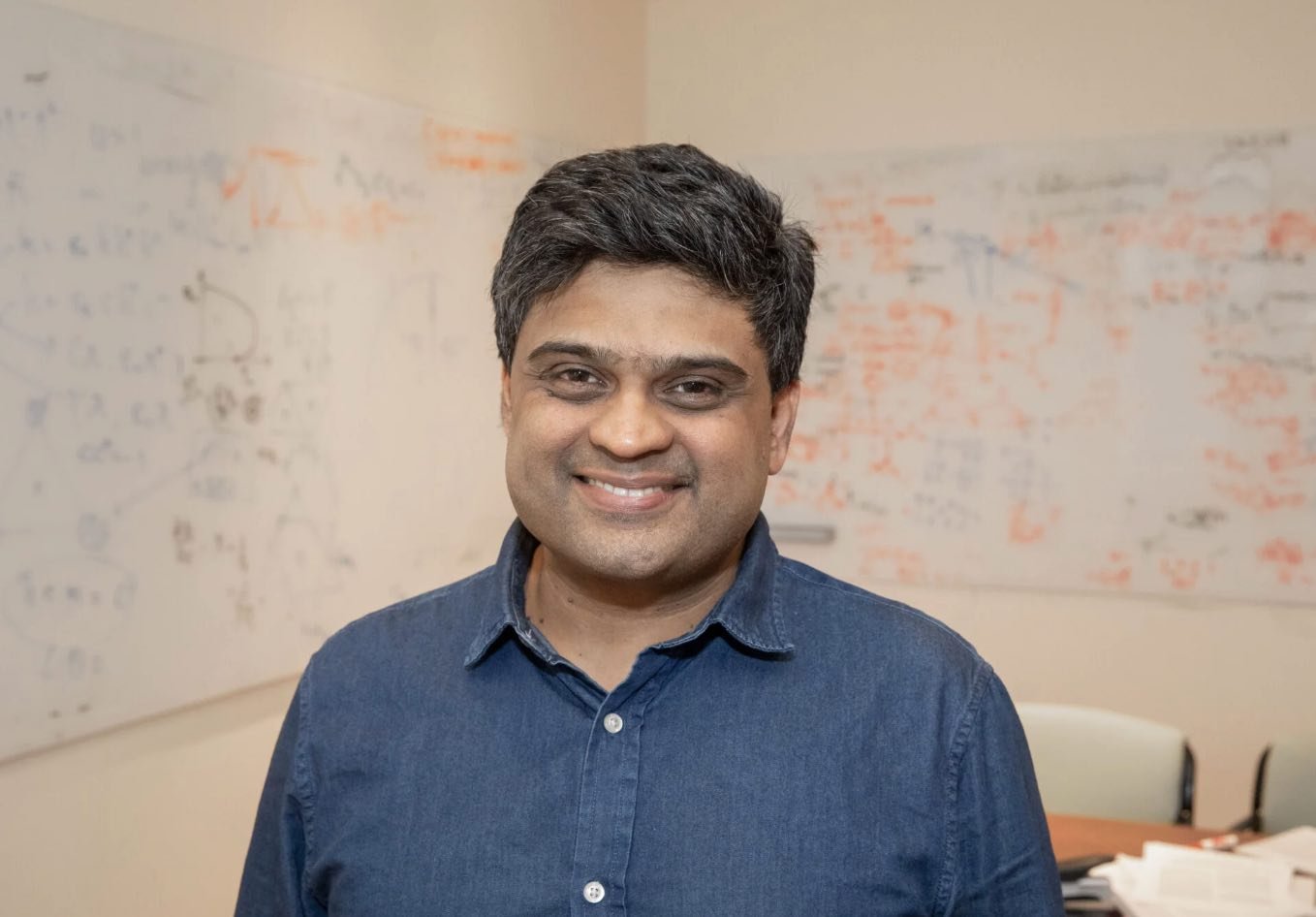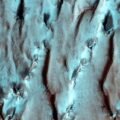A new phase of matter previously recognized only in theory has been created by researchers using a quantum processor, which demonstrates the control of an exotic form of particles called non-Abelian anyons.
Neither fermions nor bosons, these exotic anyons fall someplace in between and are believed only to be able to exist in two-dimensional systems. Controlling them allowed the creation of an entirely new phase of matter the researchers now call non-Abelian topological order.
The World of Non-Abelian Anyons
In our everyday world of three dimensions, just two types of particles exist: bosons and fermions. Bosons include light, as well as the subatomic particle known as the Higgs boson, whereas fermions comprise protons, neutrons, and electrons that constitute the matter throughout our universe.
Non-Abelian anyons are identified as quasiparticles, meaning that they are particle-like manifestations of excitation that persist for periods within a specific state of matter. They are of particular interest for their ability to store memory, which may have a variety of technological applications, particularly in quantum computing.
One of the reasons for this is because of the stability non-Abelian anyons possess when compared to qubits, which are currently used in quantum computing platforms. Unlike qubits, which can at times be less than reliable, non-Abelian anyons can store information as they move around one another without the influence of their environment, making them ideal targets for use in computational systems once they can be harnessed at larger scales.
In recent research, Ashvin Vishwanath, the George Vasmer Leverett Professor of Physics at Harvard University, used a quantum processor to test how non-Abelian anyons might be leveraged to perform quantum computation.


“One very promising route to stable quantum computing is to use these kinds of exotic states of matter as the effective quantum bits and to do quantum computation with them,” said Nat Tantivasadakarn, a former Harvard student now at Caltech, who participated in the research.
Discovering A New Phase of Matter
To achieve this unique and exotic state of matter, the team devised an experiment that, in principle, was simple: they decided to push the capabilities of Quantinuum’s newest H2 processor to its limits.
Beginning with 27 trapped ions, the team employed a series of partial measurements designed to follow a sequence in which their complexity increased within the quantum system, which would result in a quantum wave function possessing the characteristics of the particular particles they hoped to generate.
Vishwanath likened their efforts to sculpting a specific state through the process of measurement, a component of the research process that has led physicists in the past to great—and at times perplexing—discoveries.
“Measurement is the most mysterious aspect of quantum mechanics,” Vishwanath said, “leading to famous paradoxes like Schrödinger’s cat and numerous philosophical debates.”
Employing an adaptive circuit on Quantinuum’s H2 trapped-ion quantum processor, Vishwanath and his team were successfully able to drive the processor to its limits, allowing them to create and move anyons along what are known as Borromean rings, used in mathematics to describe a trio of closed curves in three-dimensional space that are linked topologically, and are unable to be separated.
Under such conditions, non-Abelian anyons tunneled around a torus created all 22 ground states, “as well as an excited state with a single anyon—a peculiar feature of non-Abelian topological order,” the team writes in a newly published study.
“This work illustrates the counterintuitive nature of non-Abelions and enables their study in quantum devices,” they conclude.
“At least for me, it was just amazing that it all works, and that we can do something very concrete,” Vishwanath recently told the Harvard Gazette.
“It really connects many different aspects of physics over the years, from foundational quantum mechanics to more recent ideas of these new kinds of particles.”
Vishwanath, Tantivasadakarn, and their colleague Ruben Verresen were all co-authors on the team’s new paper, “Non-Abelian topological order and anyons on a trapped-ion processor,” which appeared in the journal Nature on February 14, 2024.
Micah Hanks is the Editor-in-Chief and Co-Founder of The Debrief. He can be reached by email at micah@thedebrief.org. Follow his work at micahhanks.com and on X: @MicahHanks.

